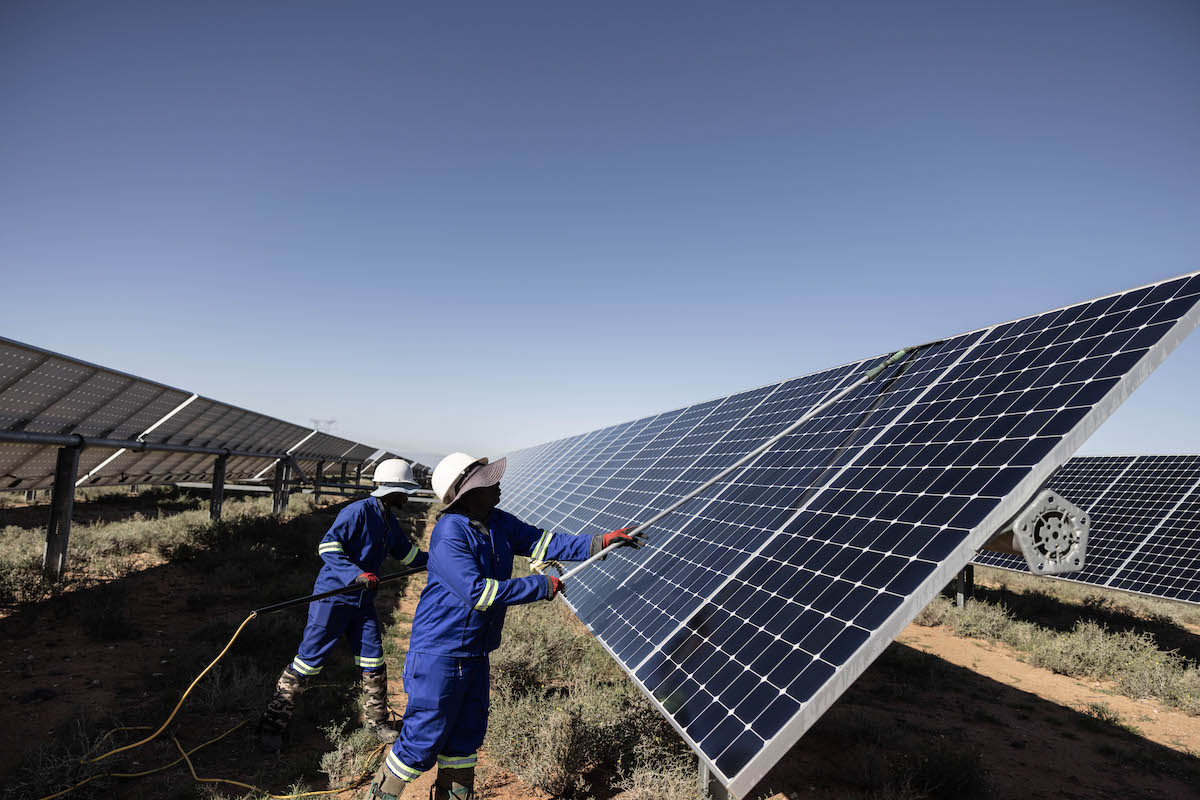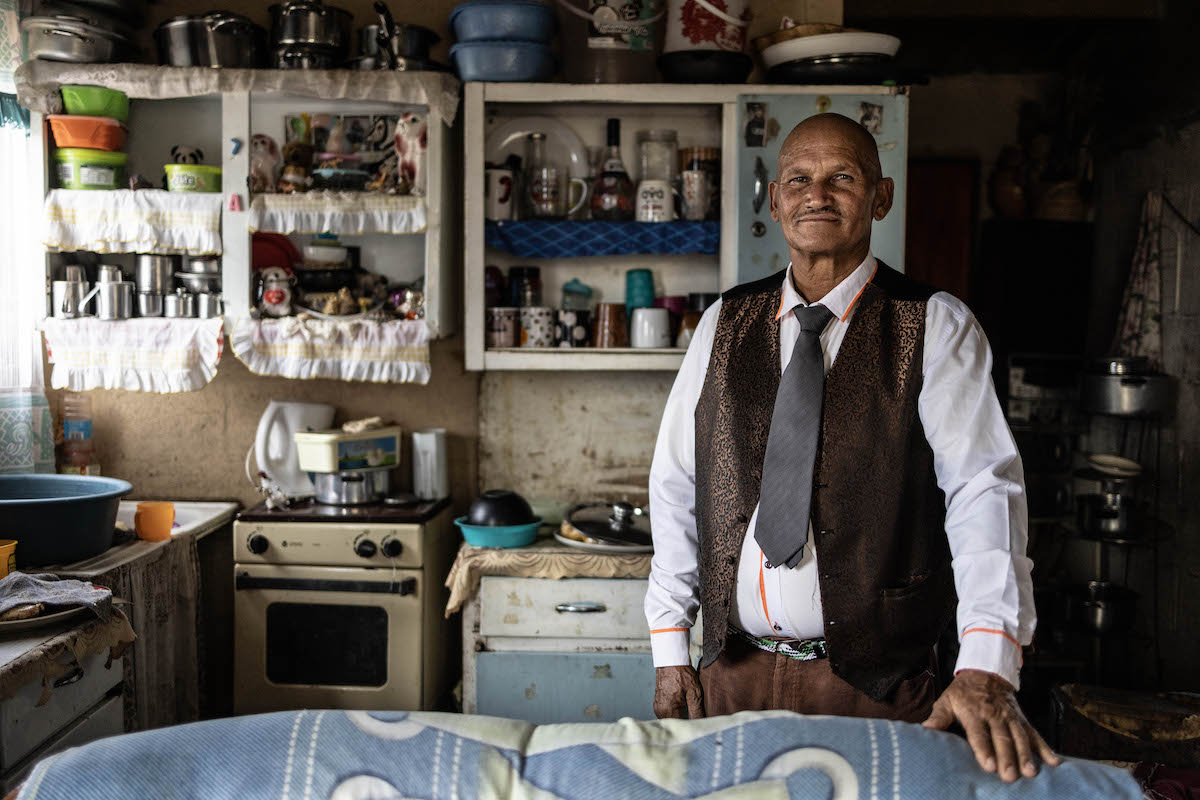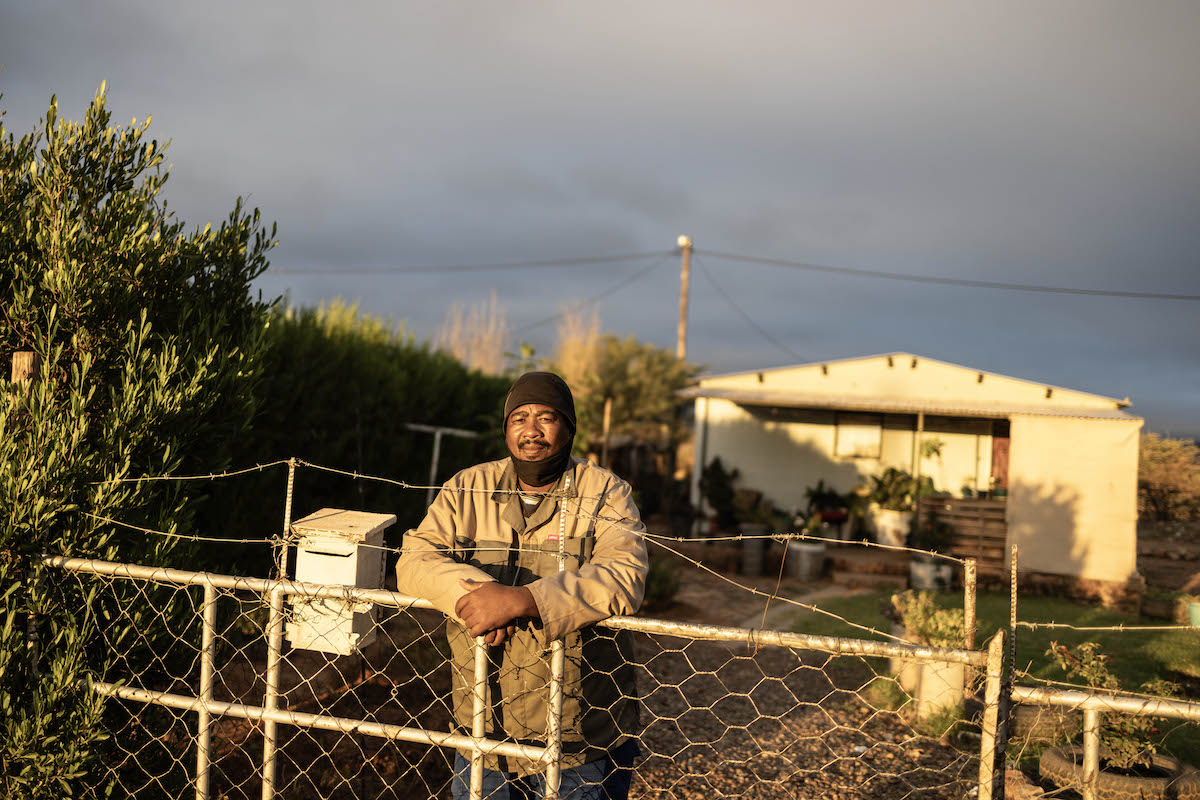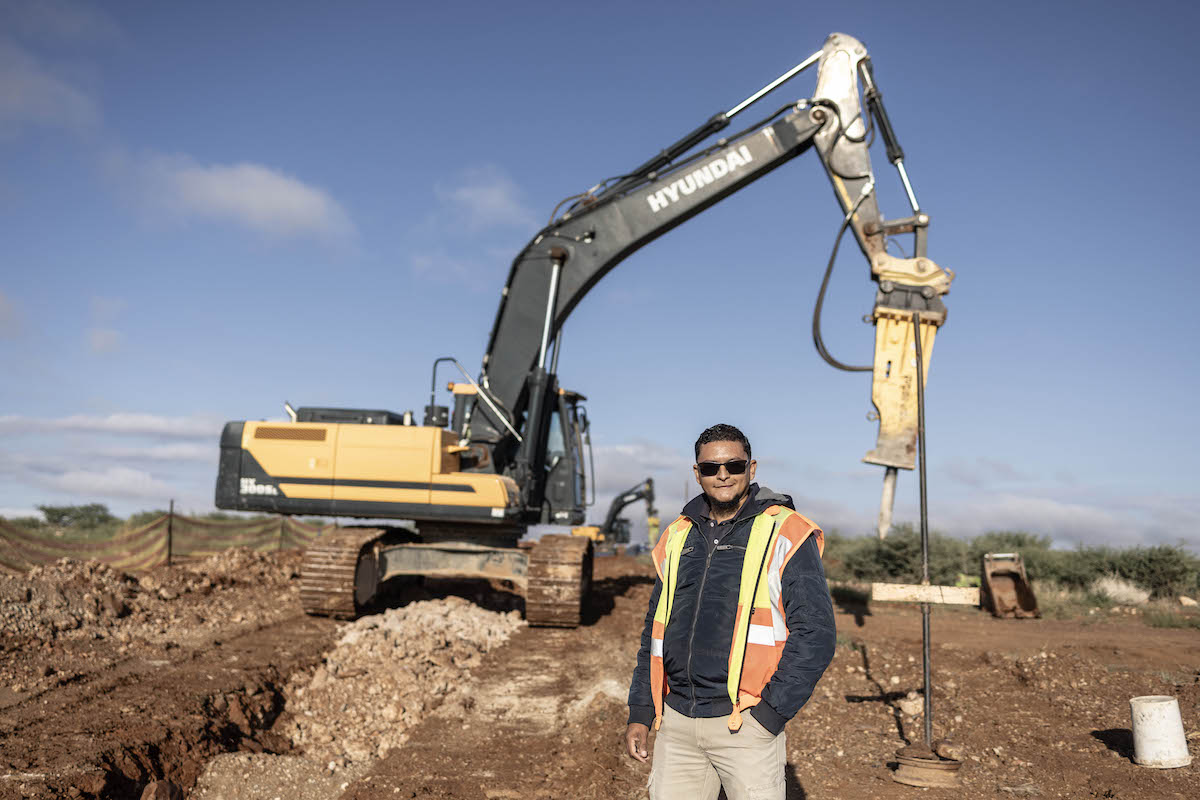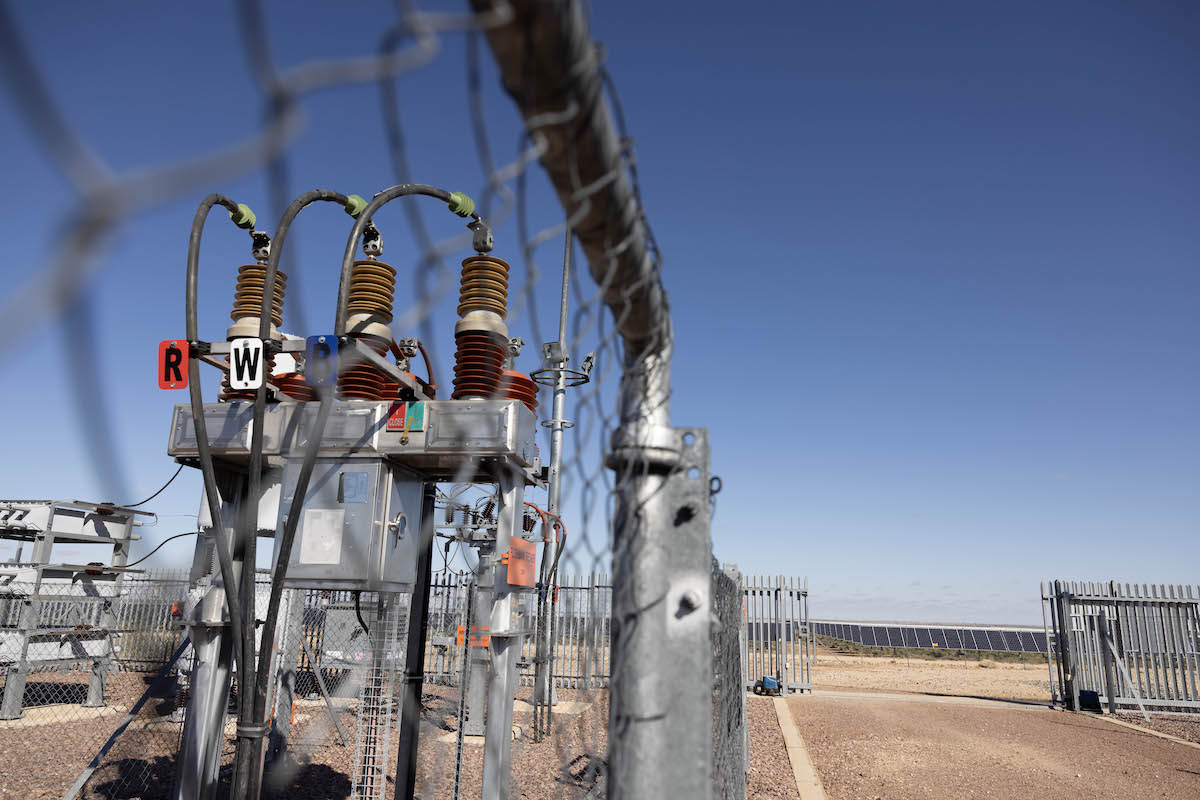The sleepy town in the sparsely populated Northern Cape is in a part of South Africa poised for growth because of its massive solar and wind energy potential
Prieska is a ‘blink-and-you’ll-miss-it’ town next to the Orange River at the end of a two-hour drive from Kimberley, the nearest city.
A sign so weathered it’s barely legible greets you on arrival.

The town is dissected by a main road. On one side is the ‘central business district’, with a Spar, Usave and agricultural co-op. On a Sunday afternoon the place is dead quiet, nothing is open but a couple of bottle stores, a few spaza shops, the petrol stations and the lone KFC.
The other side of the road is a hive of activity. Children play football in the dusty street next to a spaza shop, stopping occasionally to get a cold drink or run home with a loaf of bread. The houses are all open and people sit in their small yards enjoying the last of the sunlight, or finish the weekend washing.
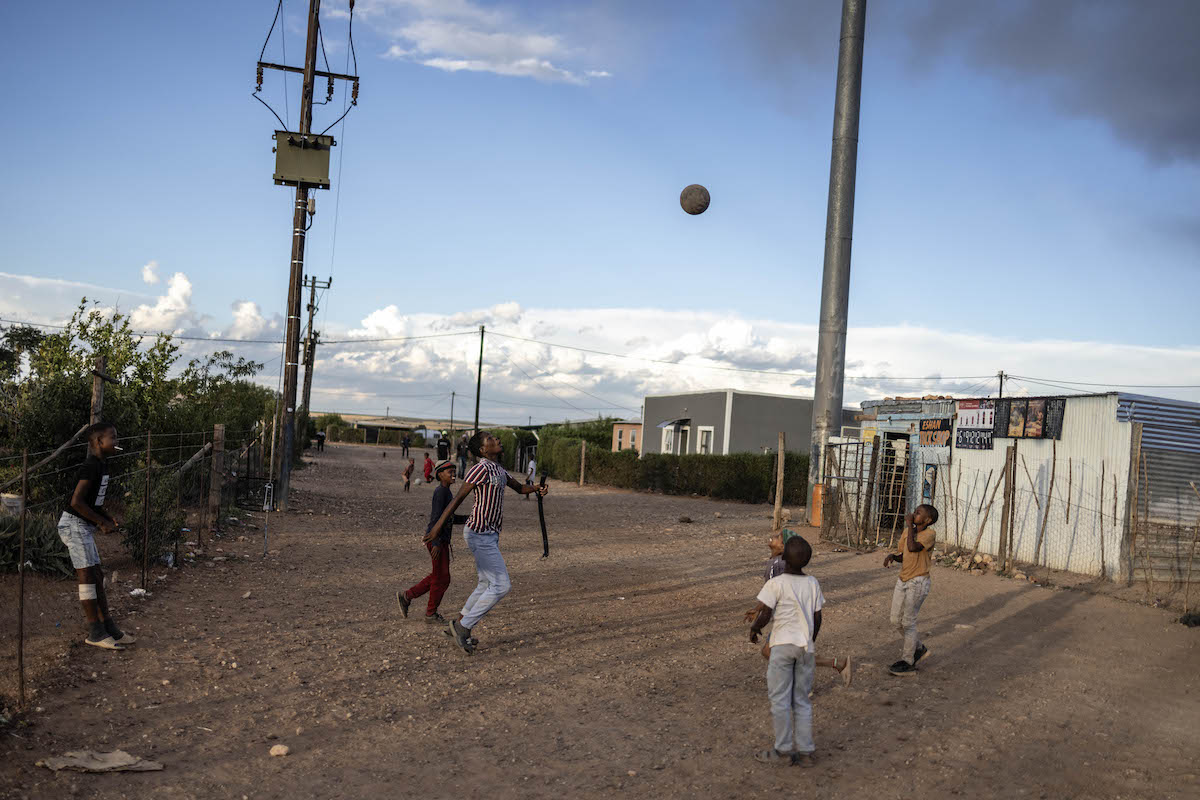
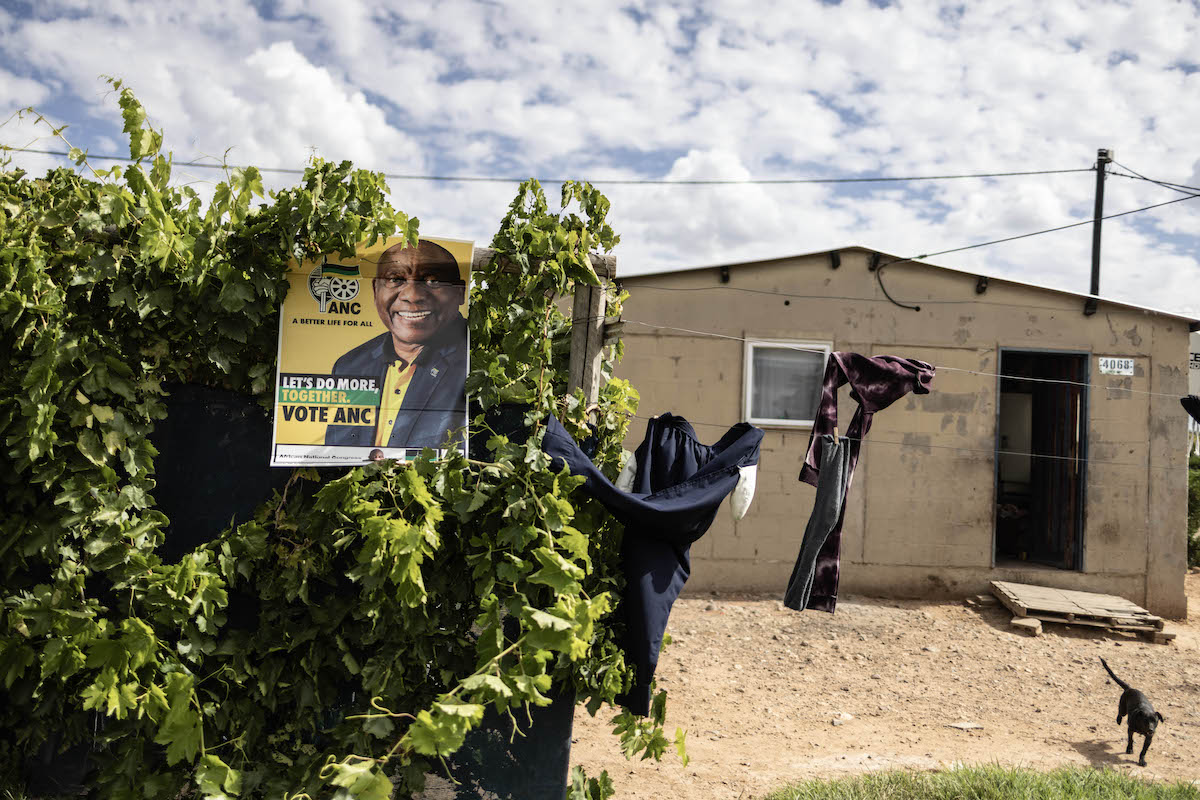
In the early hours of Monday morning workers climb into a truck. They’re going to a nearby farm where they have seasonal work. Farming is the main source of employment for people in this community. Giant grain silos close to the non-operational railway line are testament to this.
A new low-cost housing development also provides some jobs, but unemployment is a problem here, especially among young people.

